Mechanical systems: Levers and Linkages
Have you ever tried to open the lid on a can of paint with your fingers? Perhaps you had to use your nails or you looked around for a flat stick or a flat screwdriver to help you lift the lid up? Maybe you were unable to crack a nut open with your bare hands so you used a nutcracker instead? If you did, then you have made a plan to make a task easier for yourself!
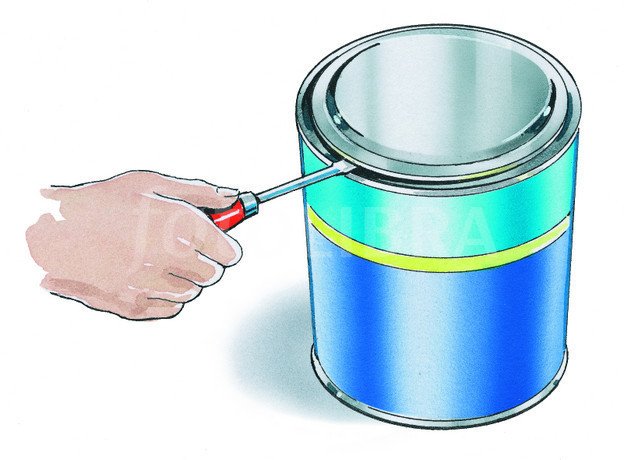
Image source
Levers are an example of a simple mechanism that is also a mechanical system that provides us with mechanical advantage: they make the work we need to do, easier! It's a simple tool used to lift heavy loads or objects and it was most probably the first mechanism made and used by people to lift heavy objects. Think about a stiff bar or rod that turns around a fixed point called the fulcrum or pivot on which it rests. Efforts (like a pull or a push force) is applied to the lever at one end in order to move a load on the other end of the lever.
The most common lever system is a see-saw. When the input and the output are the same, the system will balance or be in equilibrium.
Do you think that 1 kg of sand on the effort side will balance 1 kg feathers on the load side???
Yes, it will, because we know that both weigh 1 kg.
Classes of levers:
There are three different kinds and each type of lever system has an effort, load and fulcrum (pivot) arranged in different ways.
First-class levers:
In a first-class lever, the fulcrum or pivot is between the effort and the load. The fulcrum can be anywhere between the effort and the load, it does not have to be in the middle.
Second-class levers:
In a second-class lever, the load is between the fulcrum and the effort
Third-class levers:
In a third-class lever, the effort is between the fulcrum and the load.
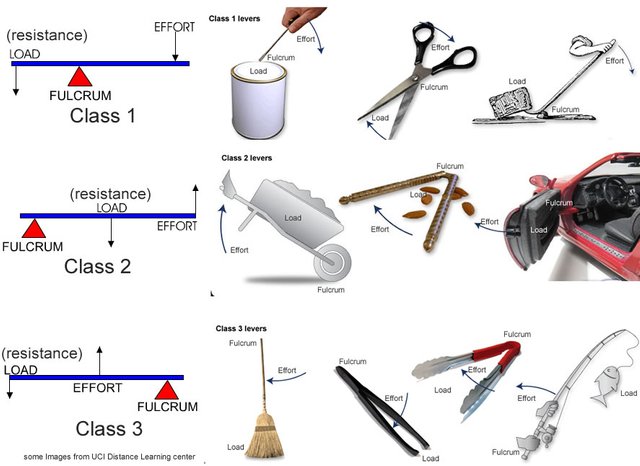
Image source
Linkages or linked lever systems:
A linkage or linked lever system is a number of levers that are joined together. They are connected by means of a pivot, which can be either a fixed or a moving pivot.
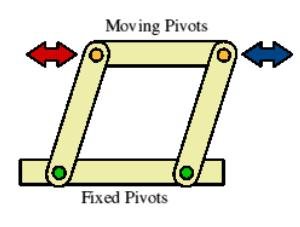
Image source
A linkage is designed to change the direction of force and movement. A fixed pivot turns around one point and cannot move away from this position. A moving pivot can move away from its original position.
Activities:
Bibliography & Extra Reading:
- Levers & Linkages
- Grade 9 wikibooks
- Simple machines
- Simple machines2
- Teaching simple machines
- 3 lever classes
- Linkages

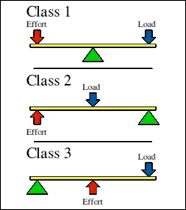
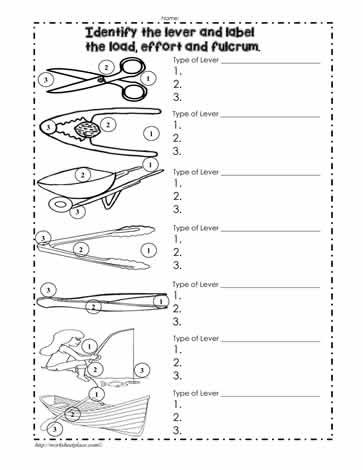
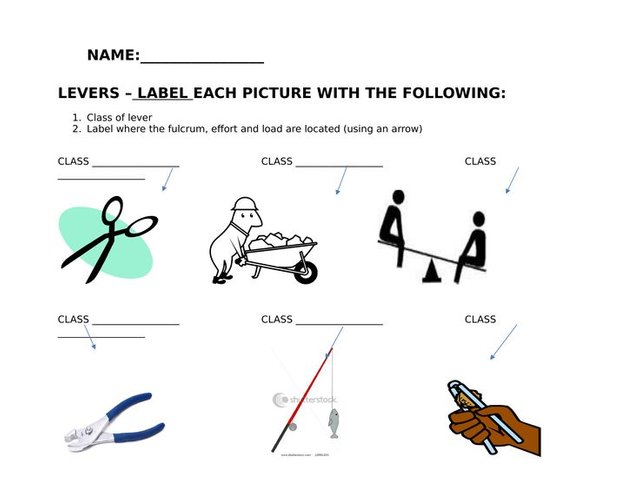
this reminds me of my Physics class in college. Thanks. :)
It does, doesn't it? Lol
hahaha. those days are gone
What a wonderful post. I am knew to @steemiteducation and this looks a fantastic page. Very useful, thank you
I'm sure you'll enjoy @steemiteducation as much as the rest of us do.
Thanks for dropping by
team-solutions has promoted your post.
Thank you for the great content. Tag work with @team-solutions and help make life a little easier.
You are taking me back in history, thinking of the this subject -